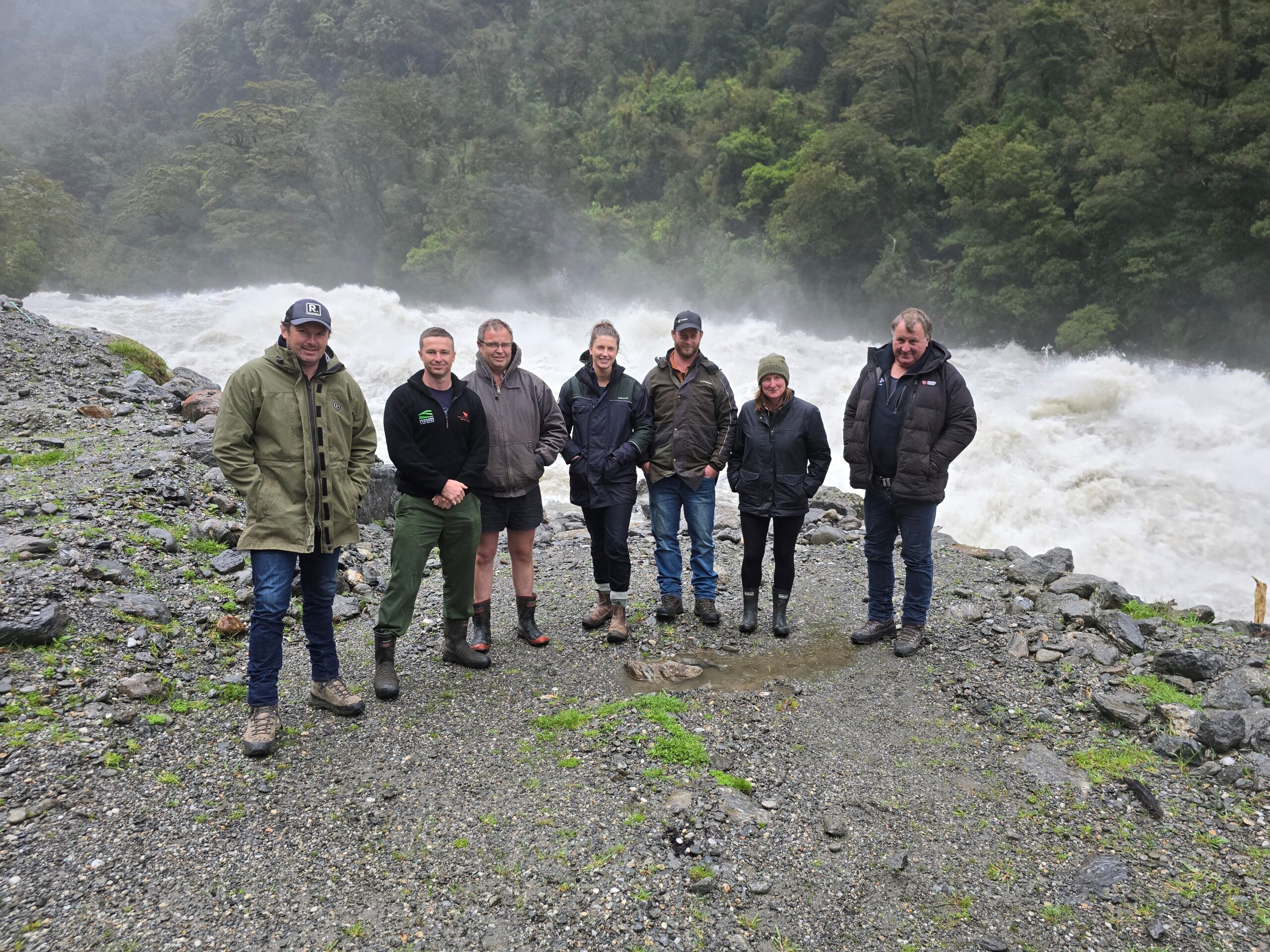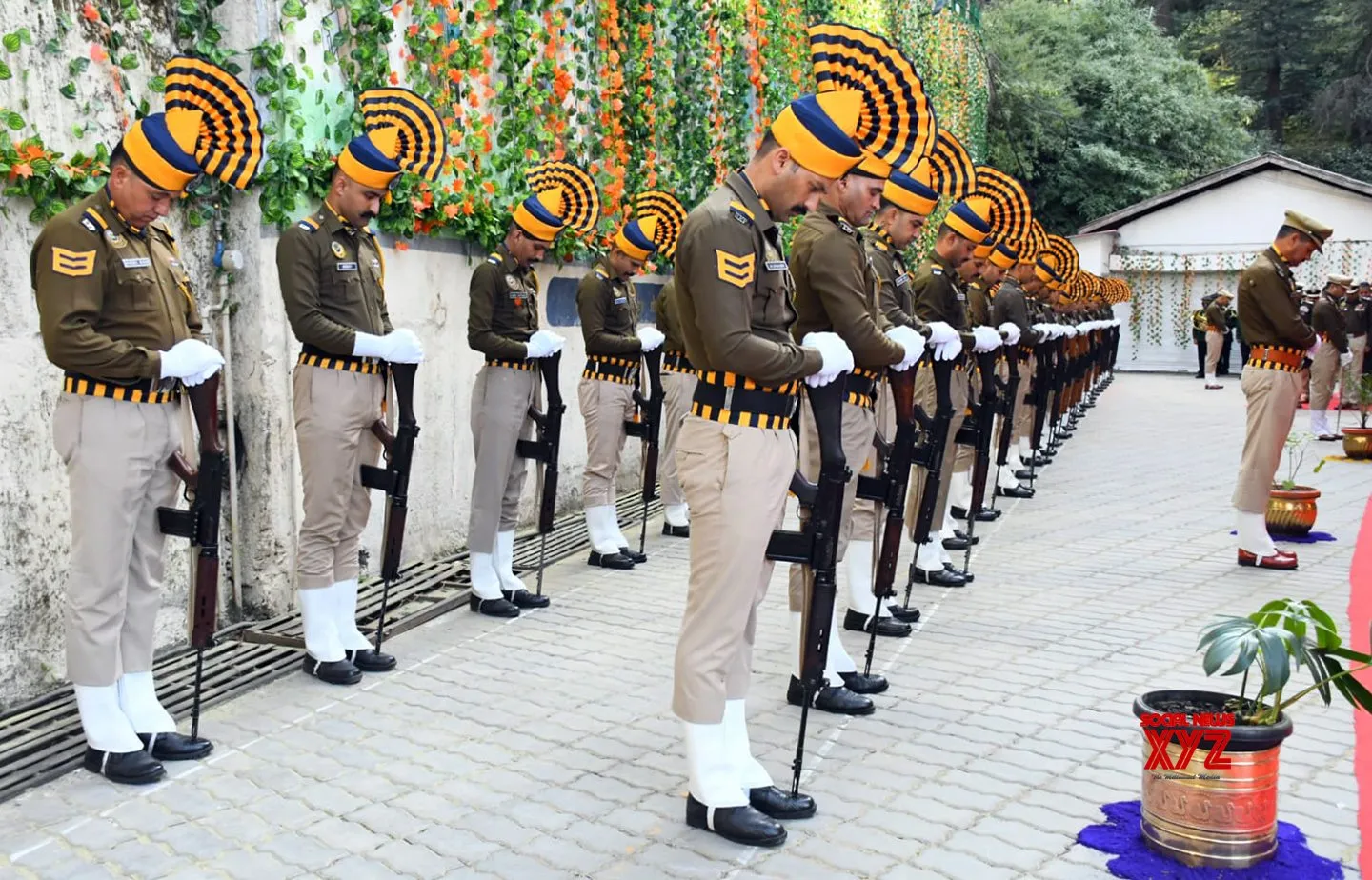Copyright farmersweekly

Reading Time: 4 minutes By Richard Dawkins, Federated Farmers Meat and Wool Chair A wild weather forecast did little to dampen the enthusiasm of the Federated Farmers Meat and Wool leadership team as we explored Westland farm systems and industry issues last week. This was an opportunity to examine the region’s unique farming systems, where productivity and conservation coexist harmoniously, yielding wide-ranging benefits. Roughly 93% of Westland is conservation land, and 7% is freehold. The Meat and Wool executive – myself, Simon Cameron (vice chair), Laura Morrison, Ruby Mulinder, Dean Rabbidge, Ross Bowmar, and Jim Ward (high country) – were joined by Labour MPs Jo Luxton and Priyanca Radhakrishnan, the spokespeople for agriculture and conservation. Simon, who is also the Federated Farmers West Coast president, led the tour and set the scene with the history of extensive farming in the area. We learned about the pioneers, including the Eggeling and Nolan families, who have been farming the region since 1874 and continue to farm it today. We also discussed the challenges that arise when grazing is reduced and land is retired, as was clear from land retired during tenure review around Wānaka. A jet boat trip from Makarora up the Wilkin River showed the scale of the landscape and the clear benefits of cattle grazing across the wide valley floors. Day two took us around farmland near Haast, with drives up the Arawhata, Waiatoto and Turnbull rivers. The balance between livestock and conservation was on full display. The environment is vast, rugged and pristine. Some cattle runs are around 40km in length, and management depends entirely on the weather and river flows. Hereford cattle bred for low-input and hardiness manage pastures and weeds, while native bush thrives. There are around 3,000 cattle grazing in these systems – a similar number to those on Molesworth. Amidst this grazing of cows with calves at foot, we saw significant stands of mature forest with a strong understorey and abundant fresh Rimu growth. The feature event was an evening function, but with roads closed, attendance was smaller than planned. However, the silver lining was a more interactive night. This was a unique opportunity for a small community to meet with the Feds Meat and Wool leaders and MPs, and hear their thoughts about local challenges and wider industry issues. Questions and discussions continued for more than two hours, with further networking over the beef and lamb buffet dinner. In the evening, it was made clear that the local communities depend on these grazing consents administered by the Department of Conservation, but the licences are short-term – only 10 years –creating uncertainty. Costs have also risen, with some licences now over $60 per stock unit or being removed completely. In a tough environment, where freehold and grazing land is integrated, this means the whole farm system can become uneconomic. We have heard similar reports across other DOC grazing consent applications. There are often additional cost-prohibitive barriers, such as increased inspections, detailed biodiversity monitoring and reports, and exorbitant processing fees. These reduce the viability of managing that land, or even applying for it. It was clear that uncertainty and rising costs weighed on the community. Uncertainty about tenure reduces investment, often leaving families in limbo about what the future holds. At the same time, weeds and pests are spreading around the country, including wilding pines across hundreds of thousands of hectares. Where it is appropriate, bringing retired land back into managed grazing would help. Livestock keep vegetation and weeds in check, sustain local economies and generate income that the Government can reinvest in conservation. Leaving land to sit is not a durable answer for farmers, communities or conservationists, nor is it a solution for a Government thirsty for export income and tax revenue. There is a clear irony in retiring land from grazing to protect its values. In many cases, those values exist because farmers have managed that land for generations. Remove the stock and the people who care for it, and we will see more weeds and more pests, not fewer. Thank you to Priyanca and Jo for making the trip, to Simon Cameron and his family for hosting, to Beef + Lamb and FMG for their support for the evening function, and to the locals who welcomed us so warmly. We left the West Coast with a deeper appreciation for the farming systems, the environment and the people who hold both together. Federated Farmers, New Zealand’s leading independent rural advocacy organisation, has established a news and insights partnership with AgriHQ, the country’s leading rural publisher, to give the farmers of New Zealand a more informed, united and stronger voice. Federated Farmers news and commentary appears each week in its own section of the Farmers Weekly print edition and online. Views shared does not represent that of Farmers Weekly.



